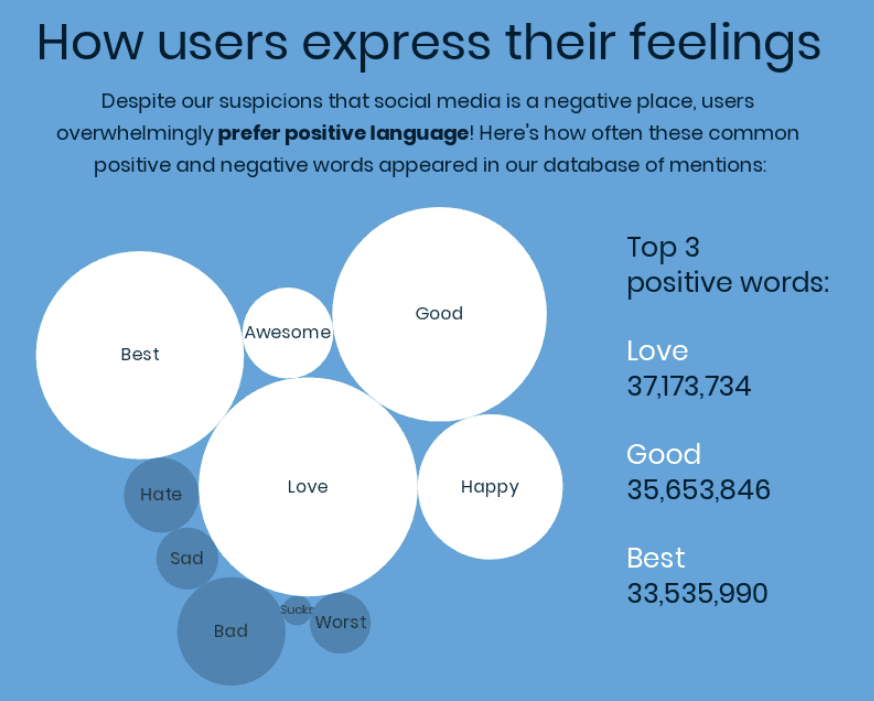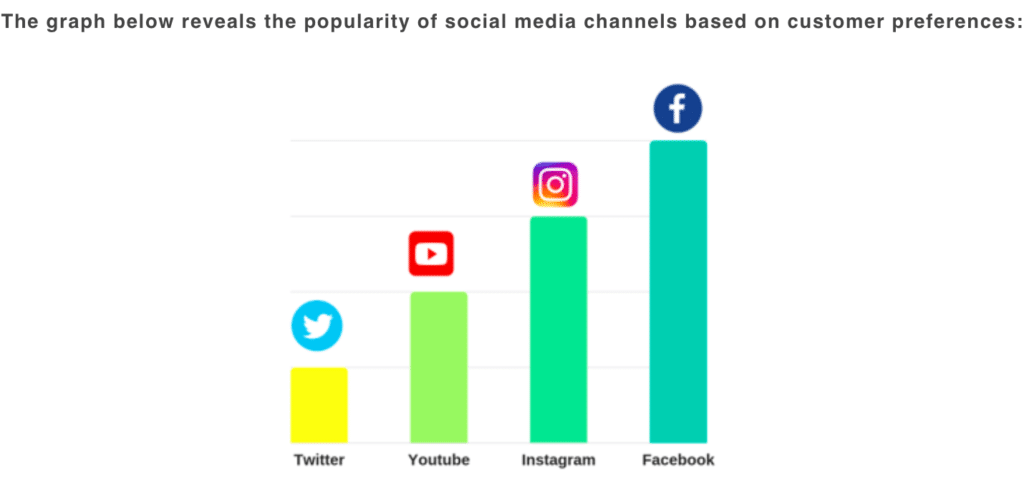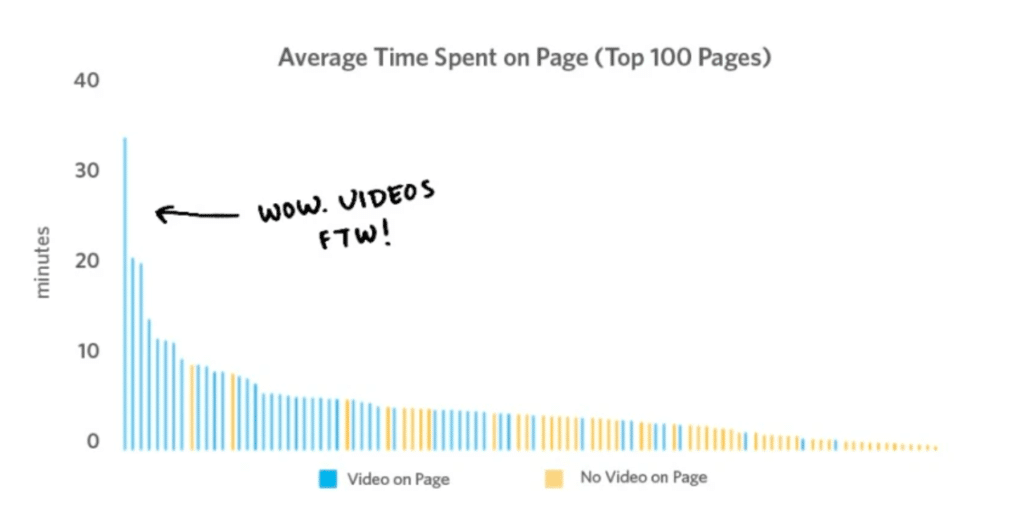Content marketing is one of the best channels for increasing engagement and ROI, no doubt about that. And, one of the most important ways to measure and improve your content marketing is through metrics.
While the usual content marketing metrics such as leads, sales, and traffic can be useful in providing an overall measure of the performance of your content, these metrics are not enough if you want to go more granular.
There are lots of other content marketing metrics that can help you to gauge your content better. You can get deeper, useful insights about the quality of your content, the best channels for distribution, and engagement.
The content marketing metrics mentioned in this guide serve towards the ultimate goal of content marketing, which is generating leads, sales, and traffic. If you are interested in learning about these underrated, yet useful content marketing KPIs, then read on. You’ll find some super-helpful unique content marketing metrics that can help you improve your content marketing ROI.
Table of Contents
1. Backlinks
A backlink is when an external website adds a link to your site. Backlinks are considered as one of the top three ranking factors by Google. This is because backlinks are an indicator of the quality of your content.
Backlinks indicate to Google that your content is well received by other publishers, especially when the linking domain is a high-authority one. More backlinks to a piece of content tells Google that other publishers in your industry are recommending your content to their audience. This is why backlinks can be a great metric for measuring your content quality.
Apart from the number of backlinks, you should also look for the quality of the backlinks that you get. For example, even one backlink from a high domain authority website probably indicates that the piece of content is very valuable.
When you create high quality and valuable content, more and more external domains will be willing to add a link to your content. The outreach efforts of your marketing team will yield better results when you are promoting a high-quality piece of content.
For example, by publishing an infographic on the topic of on-page SEO, Backlinko was able to generate 6730 backlinks to it. Simply using an online infographics maker, you too can generate numerous backlinks and up your content game.
Hence, we can say that the number and quality of backlinks can be an excellent content marketing metric that you must consider using to get better results with your content marketing.
Understanding and analyzing the sentiment of your content can be very difficult to do manually and thus sentiment analysis tools can be of great help.
2. User Sentiment
The success of your content marketing is primarily governed by how your audience is perceiving it. Metrics like shares, likes, and comments can help understand this. However, if you want to know in-depth, then sentiment analysis can be a great metric to use.
Sentiment analysis is the process of computationally deriving opinions about your content by using the opinions expressed by your audience after consuming your content.
Understanding and analyzing the sentiment of your content can be very difficult to do manually and thus sentiment analysis tools can be of great help.

Using social listening and sentiment analysis tools, you will be able to understand exactly how your audience feels about your content. Do they find it up to the mark? Do they find your content valuable enough? Which content marketing channels do they prefer?
You can use sentiment analysis tools to measure the quality of your content by using user reviews, comments, and survey results as inputs for these tools.
For instance, you can analyse the common sentiments of your users towards your email newsletter. You can gather the data through a quick survey. If you find that the polarity of the analysis is more on the negative side, you can think about ways to improve the quality of your newsletter. You can do the same for your social media content as well.
A great example of this would be sentiment analysis done on the company, American Multinational Conglomerate. Through the sentiment analysis on their social media profiles, they were able to gain useful insights such as getting to know the best social media channel that is preferred by their users.

The Finnish outdoor equipment company Suunto used sentiment analysis to understand the overall polarity of the user-generated content that was being put out for their new product launch. This helped them to do some quick damage control.
3. Content Downloads
If you have any content upgrades, downloads, or lead magnets to offer on your website, then these too can be a means of measuring your content marketing. This is because your users probably have to fill a form, give their email addresses, or other contact information in exchange for downloading the content. This shows the interest and eagerness of the user to consume your content.
For example, suppose that you offer a template or a swipe file as a content upgrade from your blog post. Then the number of downloads for this content upgrade can be a great indicator of the quality of your blog content.
Similarly, you can also measure your middle-of-funnel content this way. If you are offering case studies as downloads from your site, you can use the number of case study downloads to measure your content in this part of the funnel.
4. Active Email Subscribers
If you have an active email newsletter where you share your weekly content wisdom, then the number of new email list sign-ups and active email subscribers is also an important metric that you must consider.
Think about the last email newsletter you signed up for. Most probably you signed up because they had something valuable to offer you in return for your email id. The same goes for you as well.
When your content is worthy and useful, you’ll automatically see an increasing number of email subscribers. You’ll also notice increased open rates, lesser unsubscribe requests, and more active email subscribers.
5. Average Time on Page
You might perform SEO, use catchy headlines, or even use paid advertising to bring in the traffic to your website. But how many of these visitors are actually enjoying and finding value in your content?
This is why website traffic should not be your only content marketing metric. Apart from measuring the website traffic, you should also look at the average time on the page of your website visitors. You can use Google Analytics to find this data. You can find it under Reports > Behaviour.

When users spend more time on your page, it indicates that they are going through your entire content instead of simply skimming through it.
A great example of this would be the Wista blog. They found a 260% increase in their dwell time by adding video to their content. This is an indication of the fact that time-on-site or dwell time is an effective way to measure the quality and likeability of your content.

Average time on the page also indicates that the content is something that the user is exactly looking for. In other words, we can say that your content is matching the search intent of your website visitor.
Apart from the overall average time on page, you can also gauge the quality of individual pieces of content by measuring the time on page for each of your content pages. If you find any pages with comparatively lower dwell time, then you can think about revamping it.
6. On-Site Behaviour
Apart from measuring the traffic and the time spent on your website’s pages, you should also consider measuring your visitors’ on-site behavior. You can do this by using heatmaps.
Heatmaps essentially give you an idea about which parts of your website are the visitors interacting with. For example, through heatmaps, you can see if many users are highlighting a particular paragraph or quotation. Using this as a metric, you can improve all your content.
Using heatmap record sessions, you can get extremely beneficial information about your content. You can see what your visitors are reading the most and where they are scrolling.
You can also see what elements of your content are they engaging the most with. Is it an embedded video? Graphics and illustrations? Tools? Call to action?
Using these insights from heatmap record sessions, you can find the strengths and weaknesses of your content and thus improve your overall content marketing game.
The project management solution Taskworld saw a 40% increase in their conversions by using heatmaps!

Final Thoughts
Finally, we can summarize by saying that if you want to spruce up your content marketing, then you should look beyond the usual metrics. All the metrics mentioned in this article are useful, yet underrated.
Using these content marketing metrics, you can gain insights that you probably do not know until now. This can be transformational in improving the quality of your content and the ROI you gain from it.



